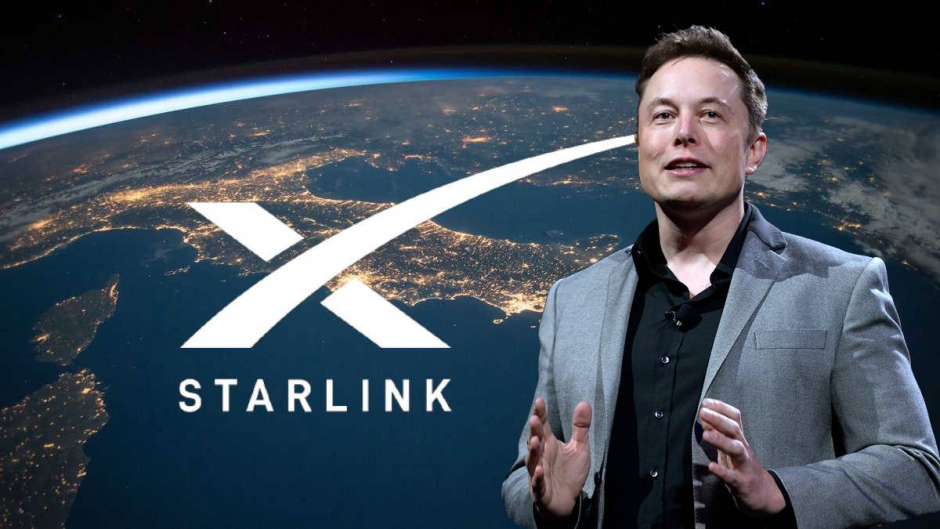Starlink, owned by Elon Musk’s SpaceX, has applied to operate in Pakistan. But its plan has raised concerns from various stakeholders, including the Pakistan Telecommunication Authority (PTA) – the country’s regulatory body for telecommunications.
According to official documents of the Ministry of Information Technology and Telecommunication and the PTA, the technical plan submitted by Starlink is under evaluation by relevant stakeholders.
In accordance with existing regulatory provisions, Long Distance and International (LD1) and Local Loop (LL) licensees of PTA are allowed to provide satellite-based telecommunication services in their respective licensed region(s).
Starlink Internet Services Pakistan (Pvt) Ltd (Starlink) which is owned by Starlink Holdings Netherlands BV, applied for an LDI license for Pakistan on 24th February 2022 along with 14 x LL licenses for all Telecom Regions of Pakistan on 29th April 2022.
The Government of Pakistan is in consultation with all stakeholders including SUPARCO, LEAs, PTA, and FAB to analyze the Starlink technical and business plan, as regional and various international countries are taking a cautious approach to allow or deny Starlink due to respective satellite regimes as well as security aspects.
The documents further revealed that security clearance of Starlink and related technical vulnerabilities assessment especially its data hosting outside the country and utilization of laser technology from satellite to satellite without using Earth Gateways is being analyzed by the Law Enforcement Agency. Further action of granting a license or otherwise will be taken by the PTA after clearance from all stakeholders.
All stakeholders were intimated and the Starlink case is being analyzed from a technical perspective on a non-exclusive, non-interference, and non-protection basis.
Starlink Internet Services Pakistan (Pvt) Ltd approached Pakistan Telecommunication Authority (PTA) to permit Starlink (SpaceX) to operate in Pakistan. Traditional satellites are operating in Pakistan in Geo Stationary Orbit (GSO) (at an altitude of 36000 km). However, Starlink differs from GSO technically, as it operates in Low Earth Orbit (LEO) at an altitude between 250 to 500 km, thus, providing low latency connectivity.
Starlink/SpaceX satellites can also communicate with many Ground Stations at a time and conversely, one ground station can connect to many Starlink satellites. Satellite-to-satellite connectivity also exists through laser technology to effectively expand its footprint in all areas.
Internet bandwidth is normally accessed from ground stations within the country, where services are extended through Starlink thus, optical fiber cable bandwidth is up/downlinked through space stations and internet services are provided to the end user in the country.
The PTA officials on Monday also briefed the Senate Standing Committee on Information Technology and Telecommunication on the Starlink issue which met under the chairmanship of Senator Kauda Babar. Officials said that this technology is still in its early stages and further progress could not be made due to some security concerns. Senator Afnanullah Khan said it was an excellent technology for providing internet services in remote areas and it was not appropriate to forego it just because of security concerns.
Chairman Committee, Senator Kauda Babar, formed a sub-committee to settle the matter and bring it to a logical end. The Sub-committee will sit with all the stakeholders and resolve the issues.
The officials revealed that SpaceX’s Starlink currently uses a beta version that is not fully secured. The committee was informed that the technology was reportedly used in a drone attack in Ukraine while it was also reported in Afghanistan as well. The committee constituted a sub-committee to look into the matter and report back to it.
Read More:












